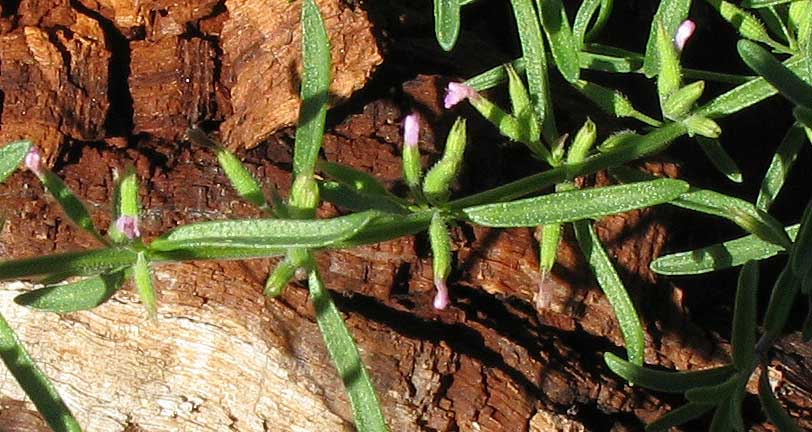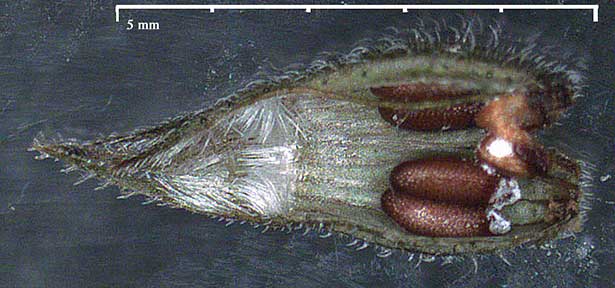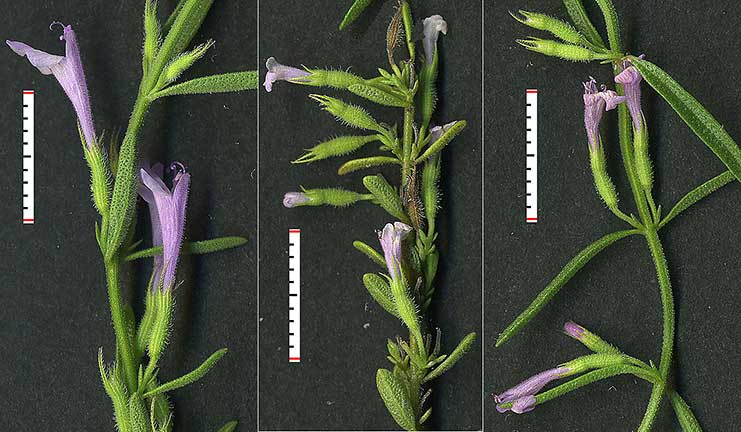 |
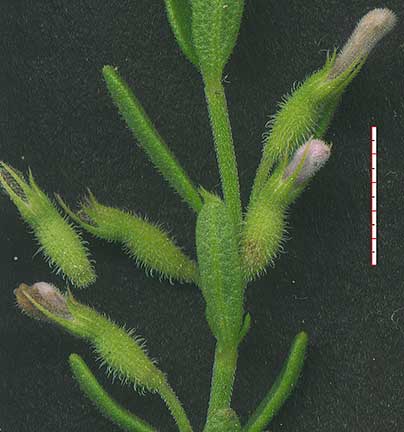 |
|---|---|
| H. reverchonii var. reverchonii — H. r. var. serpyllifolia — H. drummondii | H. r. var. serpyllifolia |
| Chasmogamous blooms, 12 October 2013 | Cleistogamous blooms, 27 October 2013 |
 |
 |
|---|---|
| H. reverchonii var. reverchonii — H. r. var. serpyllifolia — H. drummondii | H. r. var. serpyllifolia |
| Chasmogamous blooms, 12 October 2013 | Cleistogamous blooms, 27 October 2013 |

R. Irving's 1968 dissertation (p. 23) notes that a number of Hedeoma species have shown "some degree of cleistogamy," including his H. drummondii var. drummondii.
My own 2013 experience indicates cleistogamy as a late fall variant with H. reverchonii var. serpyllifolia (noted by Irving to have "facultative autogamy" with open corollas, p. 24) and possibly also for H. drummondii. All taxa had open corollas on October 12 — see image at the top of this page. But at the end of October, some two weeks later, a large population of H. r. s. had many closed–corolla flowers, both fresh and faded, with well–developed seeds found in the calex tube. 37 samples from a group of 50 test plants had closed–tube corollas; none had open corollas.
Distinguishing chasmogamy from cleistogamy is often difficult, since the corolla tube emerges closed with both forms, opening somewhat later in chasmogamy. Note the closed tube at the bottom of H. drummondii flowers above. The absence of open corollas in a larger population is a good indication of chasmogamy. Faded closed corollas are also a good indication. In the following pictures the extended open form of the brown chasmogamous corollas is apparent.
| H. r. serpyllifolia [click to enlarge] | |
|---|---|
| Chasmogamous | Cleistogamous |
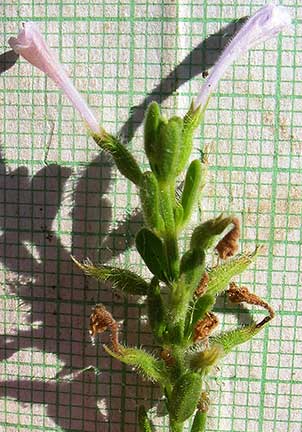
July 3 |
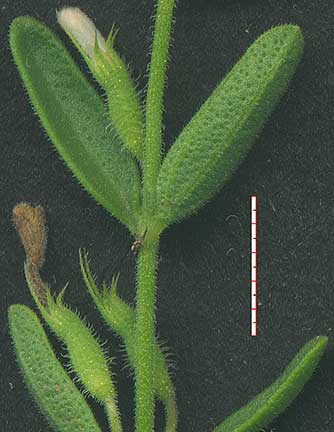
October 23 |
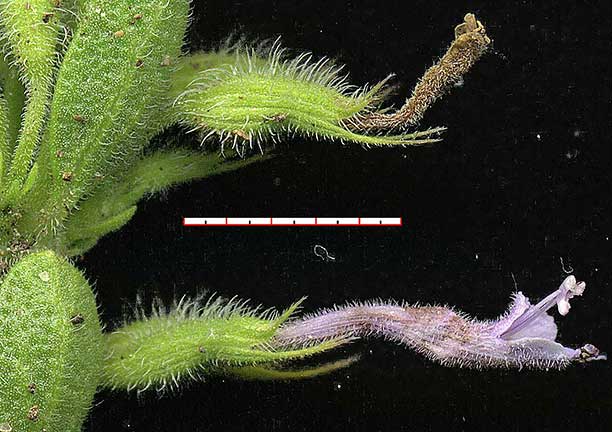
May 18 |
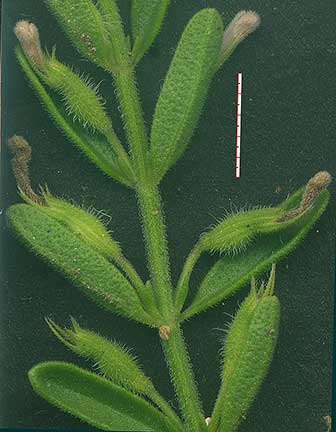
October 27 |
A second fall feature for both H. reverchonii varieties, shortened trichomes on the calyx, although commonly co-occurring with cleistogamous flowers, is independent of breeding habit — compare the May & October images above & below this line.
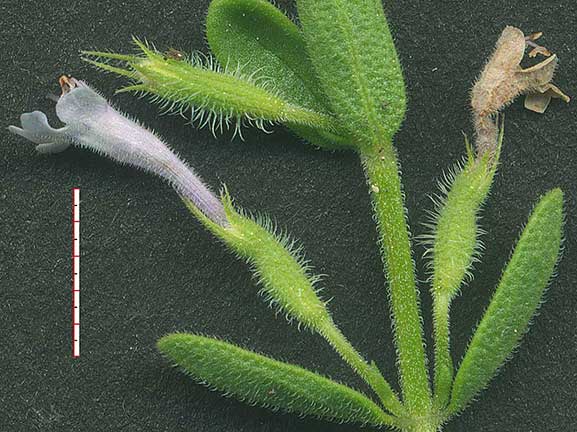 |
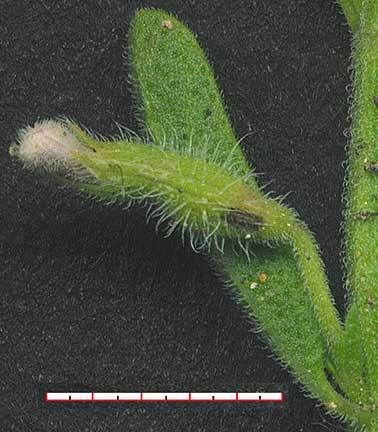 |
|---|---|
| Short hairs with chasmogamous H.r.s.
May 28 |
Long hairs with cleistogamous H.r.s.
October 27 |
I have no compelling evidence of cleistogamy with H. drummondii. Apparent chasmogamous flowers were found as late as Oct. 31, as shown in the photo below, but these were not as fully opened as earlier in the month. Dissected calyces had well-developed seeds.
